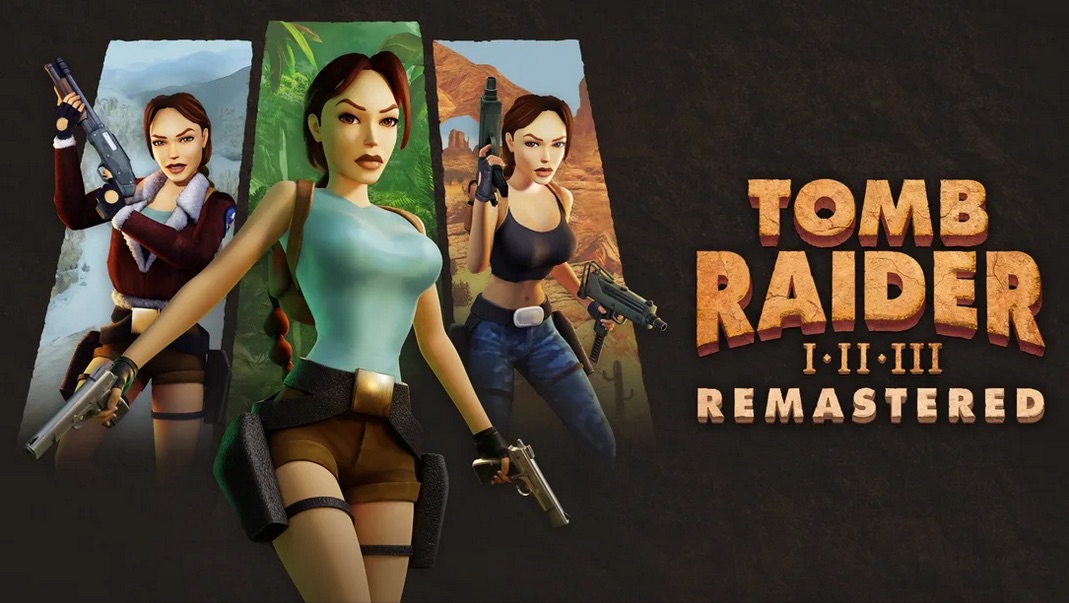In the mid-1990s, the Tomb Raider games stood out as highly prolific 3D action platformers. At the time, no other games offered a similar combination of 3D exploration and platforming, except for Super Mario 64 on Nintendo 64. While Mario appealed to kids, Tomb Raider‘s alluring and sexy, gun-toting protagonist made it look like the 3D platformer for grown-ups.
Not all early 3D games from this era could age like Super Mario 64. A lot of them are too esoteric or hard to get into for newcomers and a major aspect has to do with a combination of graphics and controls. In 1996, there were no rules yet for 3D game design. There were no templates to follow and it was a Wild West for designers to figure out what worked and what didn’t.
The first three Tomb Raider entries were certifiable PlayStation classics. What was it about these early 3D games that made the world fall in love with Lara Croft? How have Saber Interactive and Aspyr remastered these first three adventures? Do these games still hold up? Find out in this Tomb Raider I-III Remastered review!
Tomb Raider I-III Remastered
Developer: Saber Interactive, Core Design, Aspyr, Crystal Dynamics
Publisher: Aspyr
Platforms: Windows PC, Nintendo Switch, Xbox One, Xbox Series X|S, PlayStation 4, PlayStation 5 (reviewed)
Release Date: February 14, 2024
Price: $29.99 USD
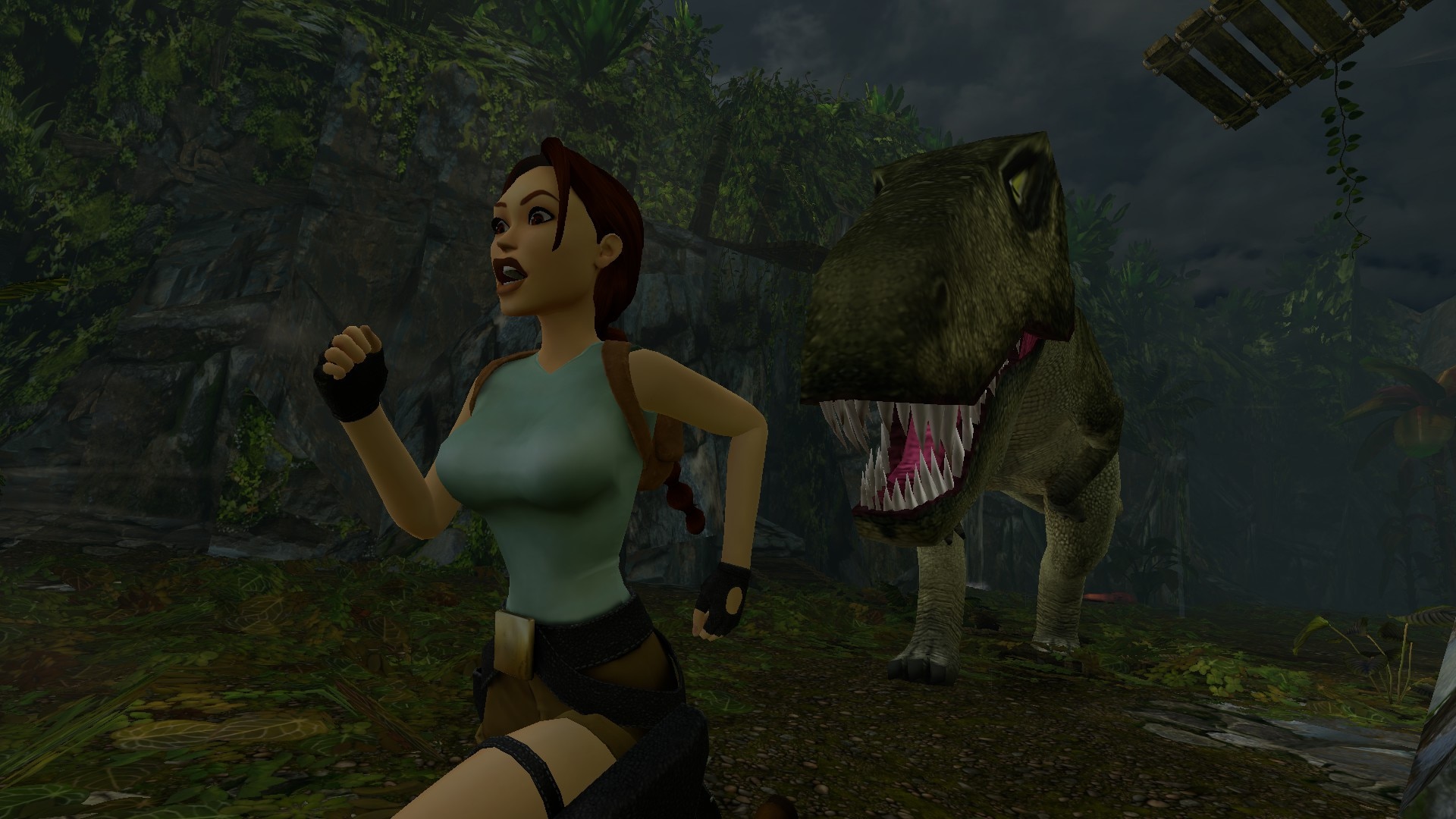
The Tomb Raider franchise most recently got a reboot featuring a standardized third-person control scheme and cutting-edge graphics for the time. However, the five original games released before the reboots and Angel of Darkness had a distinct gameplay style. This was known for its tank-like controls and rigid movement system.
In many ways, the early Tomb Raider games had a lot in common with step-based cinematic platformers like Another World or Flashback: The Quest for Identity. Lara’s movement prioritizes animation and every step or jump has a fixed distance and height. For a lot of modern gamers today, this will feel very slow and stiff to play, but it has a purpose because the environments are built around this system.
The three titles compiled in Tomb Raider I-III Remastered are all designed on a three-dimensional grid, where each piece of level geometry is a block. Lara can jump a set number of blocks depending on the type of jump she performs, and falling from a certain number of blocks will cause her to take fall damage or die, depending on the height.
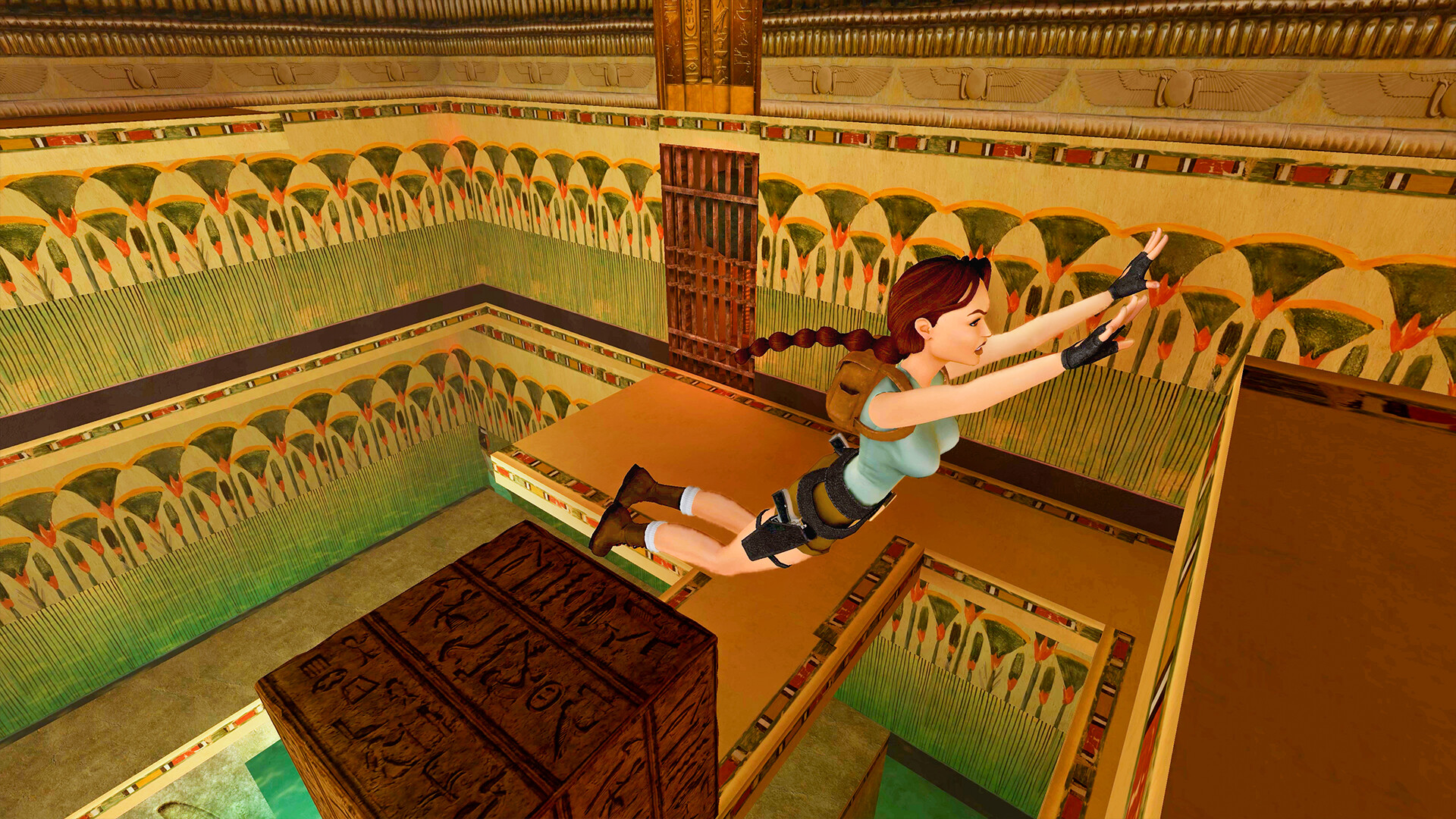
Understanding the intricacies of how Lara’s jumps work, how to grab ledges, and how to position her is crucial to enjoying Tomb Raider I-III Remastered. Each entry further builds off from the last and feels less like a series of sequels and more like a continuation of one massive game that progressively gets more difficult and demanding.
Tomb Raider (1996) is the simplest of the trilogy. The story follows Lara Croft, an adventurer who has no fear and packs heat like she’s in a John Woo film. She gets hired by a shady businesswoman to find the Scion which sends her on a trek to Peru, Egypt, Greece, and the lost city of Atlantis.
In this adventure, Lara will encounter pretty standard booby traps, lots of dangerous wild animals, dinosaurs, and some horrifying skinless creatures later on. There are only four weapons and Lara’s abilities are not fleshed out to the extent seen in the sequels. She can’t do air tumbles, dashes, monkey swings, or crouches, and puzzles aren’t too hard to figure out.

Tomb Raider II (1997) pits Lara Croft against the Italian mob, led by the sadistic and power-hungry Marco Bartoli, in a race to recover the Dagger of Xian, a blade said to transform its wielder into a terrifying dragon. For this epic, Lara explores China, Venice, Tibet, an oil rig, and even the bottom of the ocean.
The stakes become significantly higher, and it always feels like the game is trying to one-up itself with more outlandish foes and some surreal late-game stages. Lara gains new abilities for this adventure and she will need them if she hopes to survive the increasingly brutal traps, pitfalls, and gun battles. There are more underwater sequences and gun battles that will make your ass clench from the unbearable tension.
New additions introduced in Tomb Raider II are vehicle sequences, which add a bit of variety, and underwater combat with the help of the speargun. Each stage also has three optional collectible dragon statues that unlock extra weapons if Lara manages to find them all. This is especially useful since there is more combat, and having an M16 and grenade launcher proves helpful when battling a hulking bird-man under a Tibetan monastery.
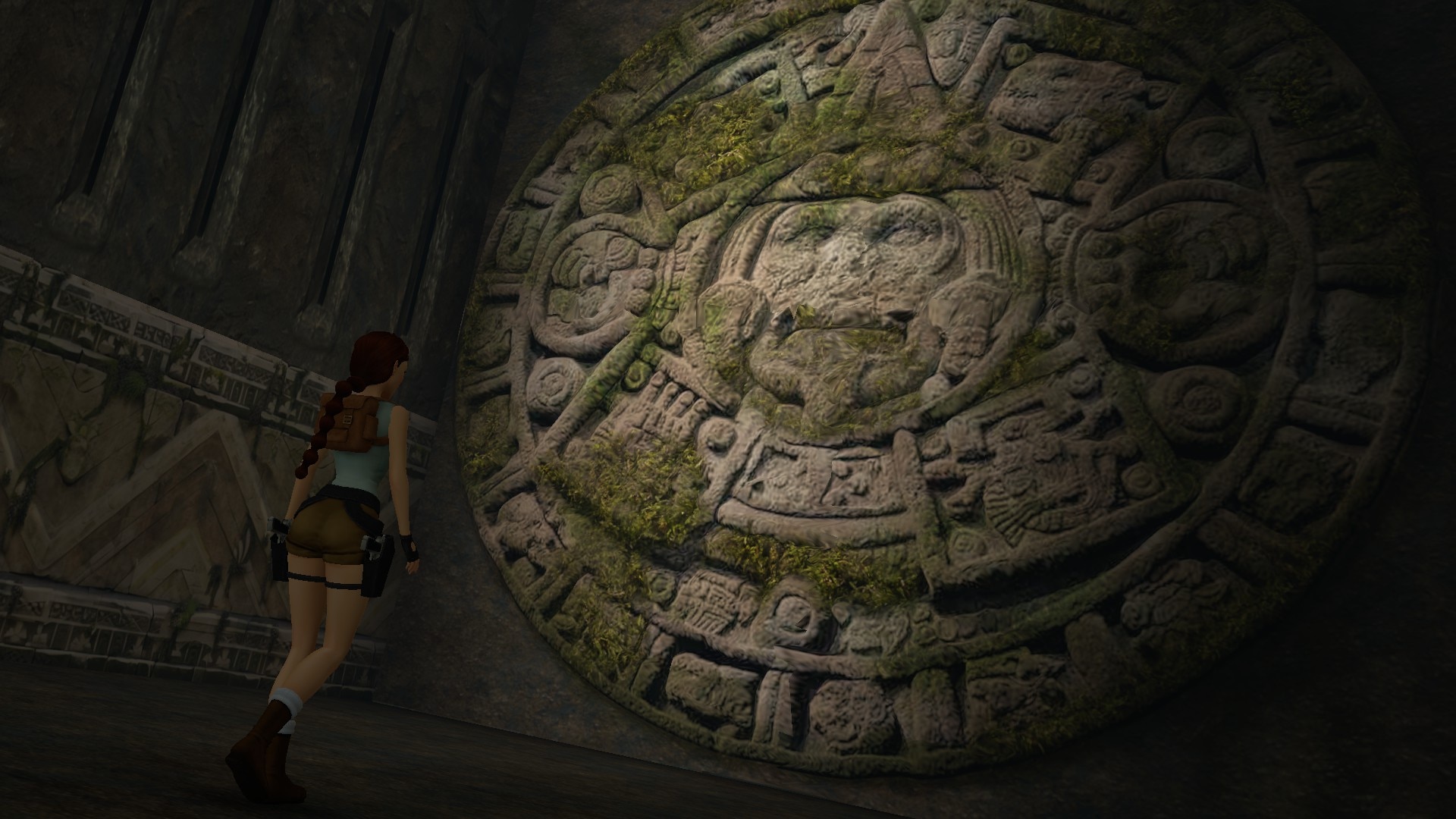
Tomb Raider III (1998) caps the trilogy and is by far the most challenging entry in the collection. While you could jump to any of these in whichever order, the third game expects gamers to be fully familiar with all the nuances from the prior games and refuses to explain anything.
In this adventure, Lara Croft embarks on a globe-trotting journey, visiting India, Area 51, London, the South Pacific, and Antarctica. As she ventures deeper into the icy continent, the game takes a drastic turn towards horror, drawing inspiration from John Carpenter’s The Thing.
Lara must find and assemble four pieces of a meteorite, an artifact rumored to possess the power to evolve anything it touches. Tomb Raider III stands out within the trilogy for its focus on modern-day environments, featuring the fewest tombs of any game in the series, optional areas, and even more combat than ever.
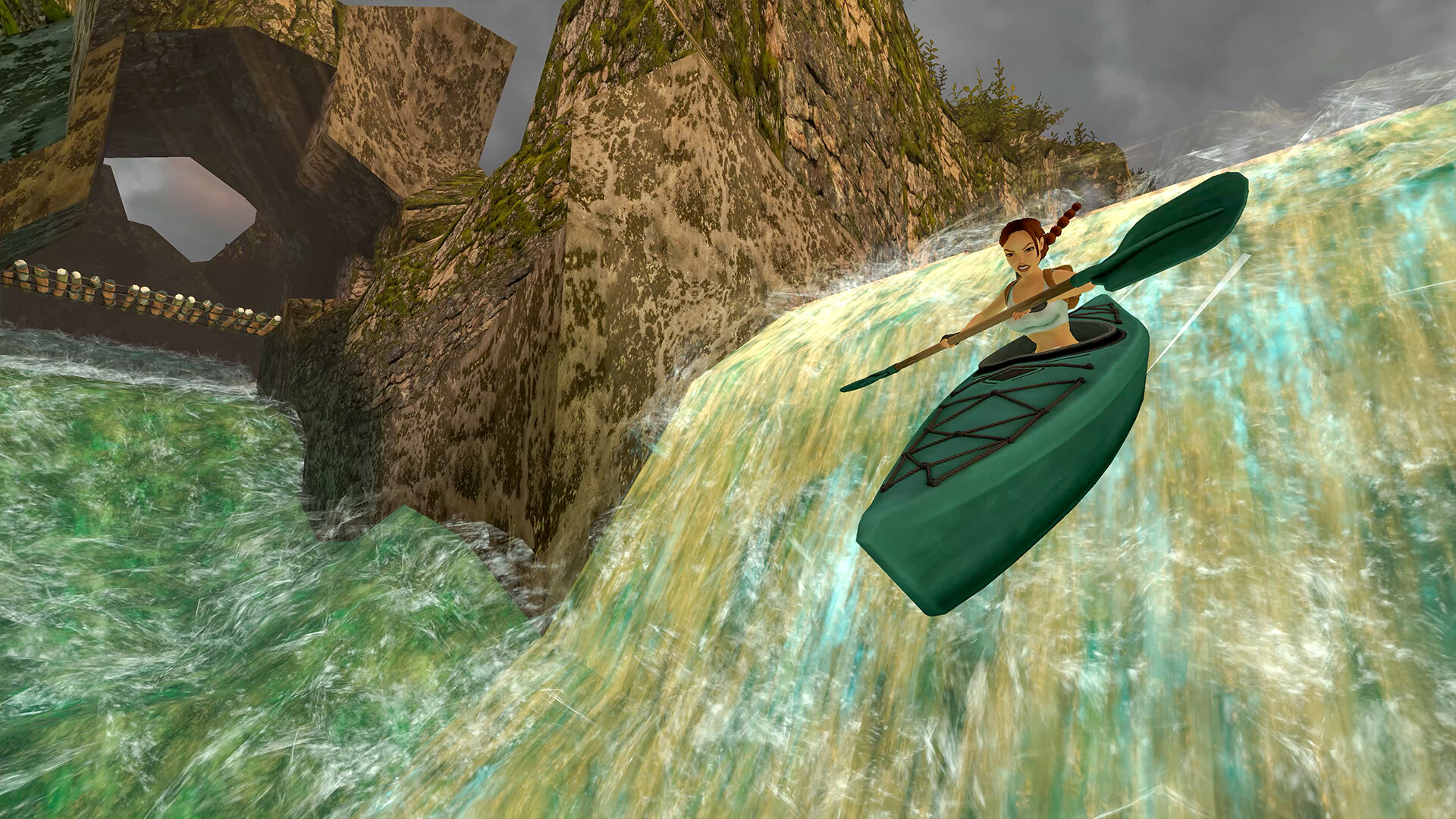
Core Designs were making these huge adventures at a ridiculous rate. They made three Tomb Raiders in less than half the time it takes one modern-day AAA game to be announced and released. This momentum could not be maintained and as a result, the third game in the series suffered the most.
Tomb Raider III feels rushed, and it shows. In many instances, the game shows little to no regard for fairness, often requiring players to consult a guide or possess prior knowledge to avoid instant death traps. While the first two games were already light on guidance, Tomb Raider III gleefully throws Lara into situations where she will drown if you’re unfamiliar with the underwater maze’s layout or succumb to hypothermia regardless.
There are also more shootouts in this game than the rest of the trilogy, which is a shame because, at this point in the mid-1990s, developers had not figured out third-person shooting yet. All three titles have godforsaken gunplay, but the first two downplay gun battles and focus more on exploration and trying to negotiate puzzle-like dungeons.
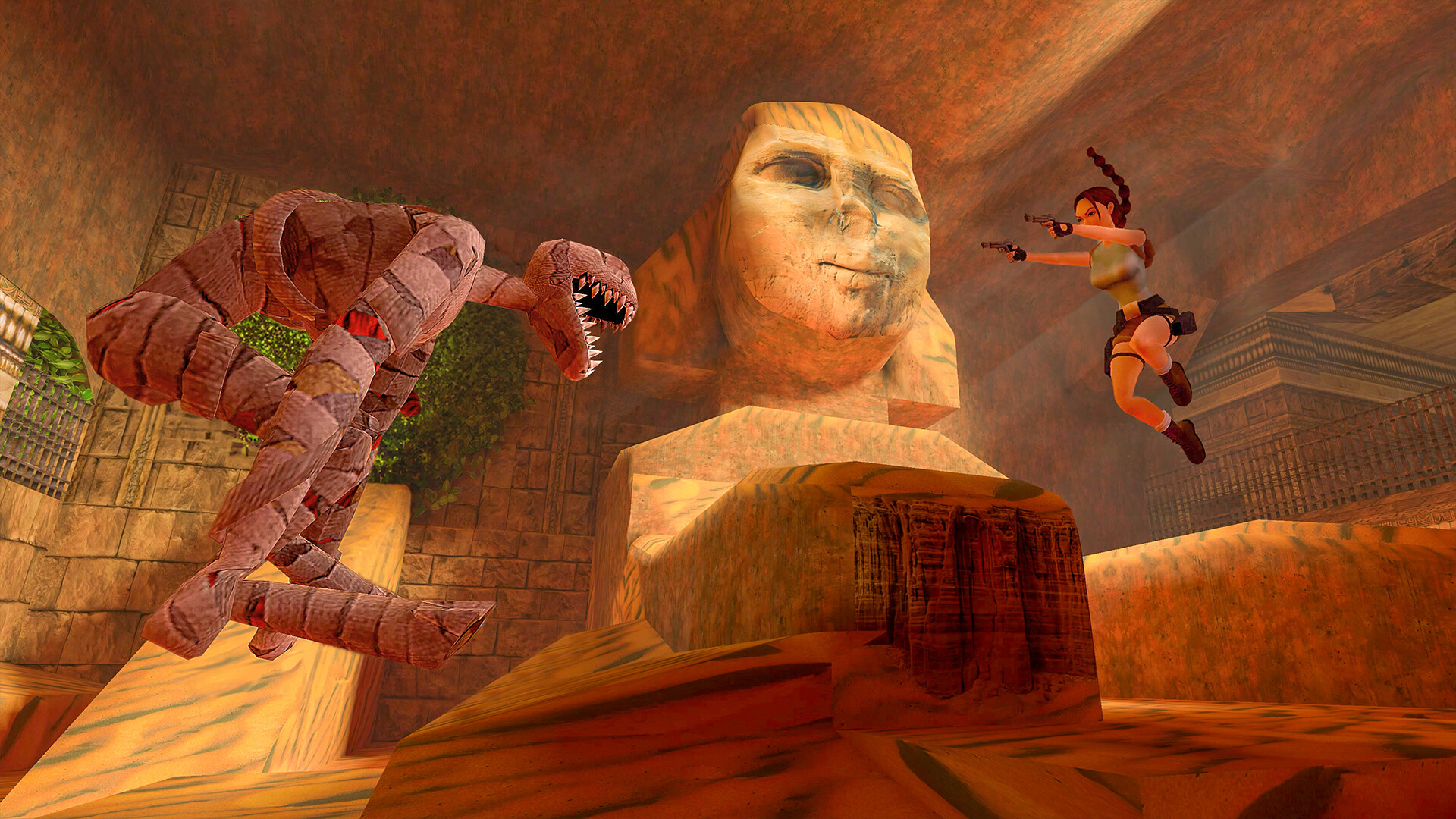
Whether you’re using the original tank-control scheme or the modern set-up, Lara is ineffective in combat. While facing insane silverbacks, lions, tigers, and bears (oh my) isn’t a problem, facing sadistic mercenaries is unfair, since Lara has no invulnerability frames while attempting quick ledge climbs when trying to escape.
Shooting is straightforward: as long as Lara faces a threat with her guns drawn, she’ll automatically aim, leaving players to simply pull the triggers. However, mobility and strafing become a nightmare. Lara cannot strafe left or right without jumping. With tank controls, she can backstep while shooting but modern controls force her to turn her back on enemies when attempting to create distance, disrupting her aim and firing range.
Gun battles are less of a problem with the classic tank controls since Lara can jump and shoot in a grid-like pattern, but the modern controls needed a substantial rework. The modern controls need something like the Z-targeting system from the N64 Zelda games so Lara could circle-strafe without fuss and still be mobile in the air. Apart from this issue, the modern controls are perfectly responsive and reliable once you get used to them.
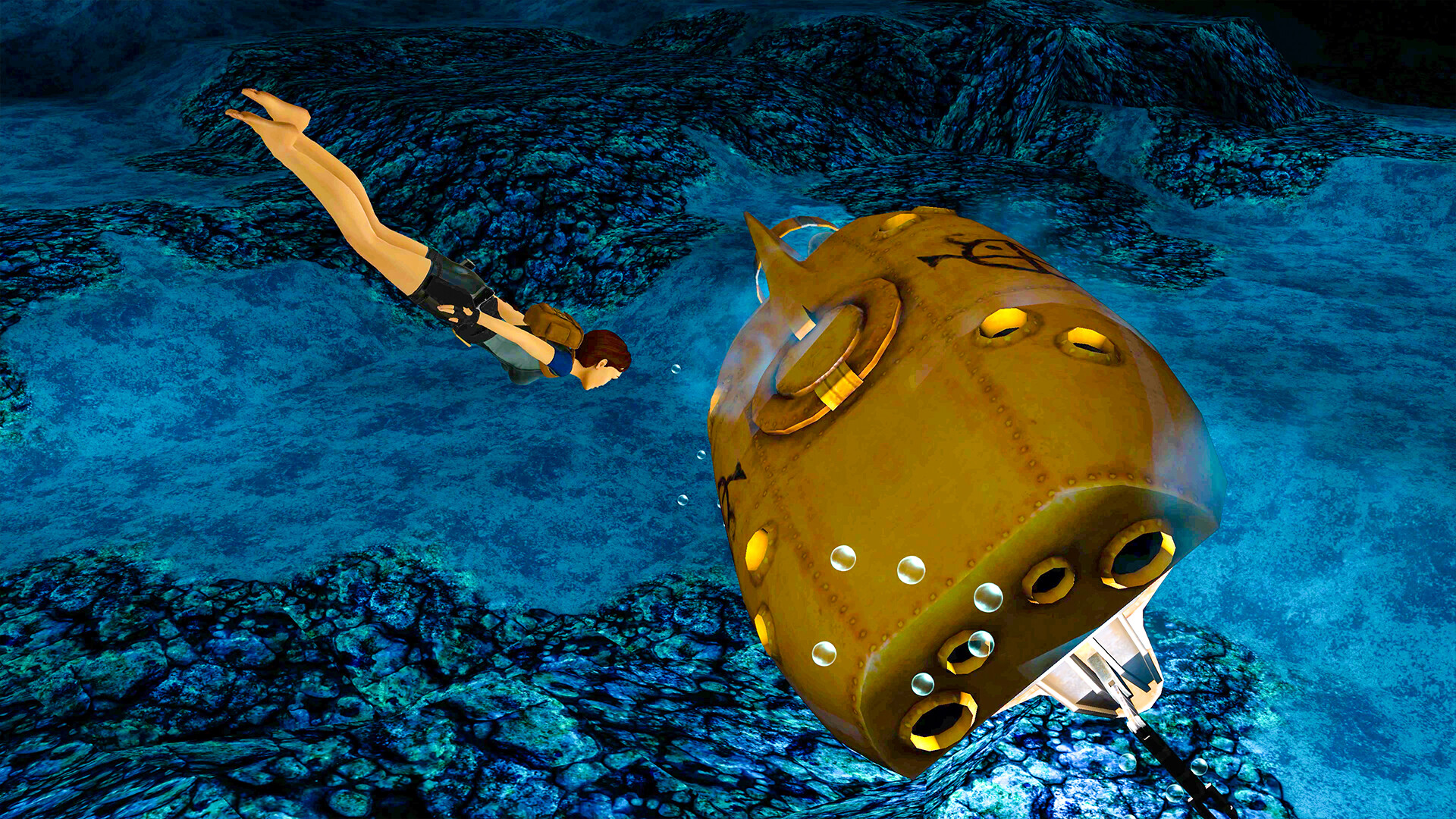
Despite the lack of testing apparently in Tomb Raider III, it is still an impressive feat of level design and complexity. It has some of the most elaborately composed labyrinths that feel like mini-open worlds due to their scope and density. There are large sections that are completely optional that show that nobody was cutting corners, and this was in a game that was notoriously rushed out the door.
Among the first three Tomb Raider games, Tomb Raider III is the most questionable of the set. While the original Tomb Raider remains the most consistently enjoyable experience, Tomb Raider II strikes a unique balance between the strengths of its predecessor and its successor, making it the most interesting of the three.
Tomb Raider II has a few sequences that surpass the original, like the Venice levels and the Tibetan foothills. The addition of collectible treasures that unlock bonuses was a nice touch and fostered more exploration of the environment. The increased reliance on combat is what holds II back from greatness.
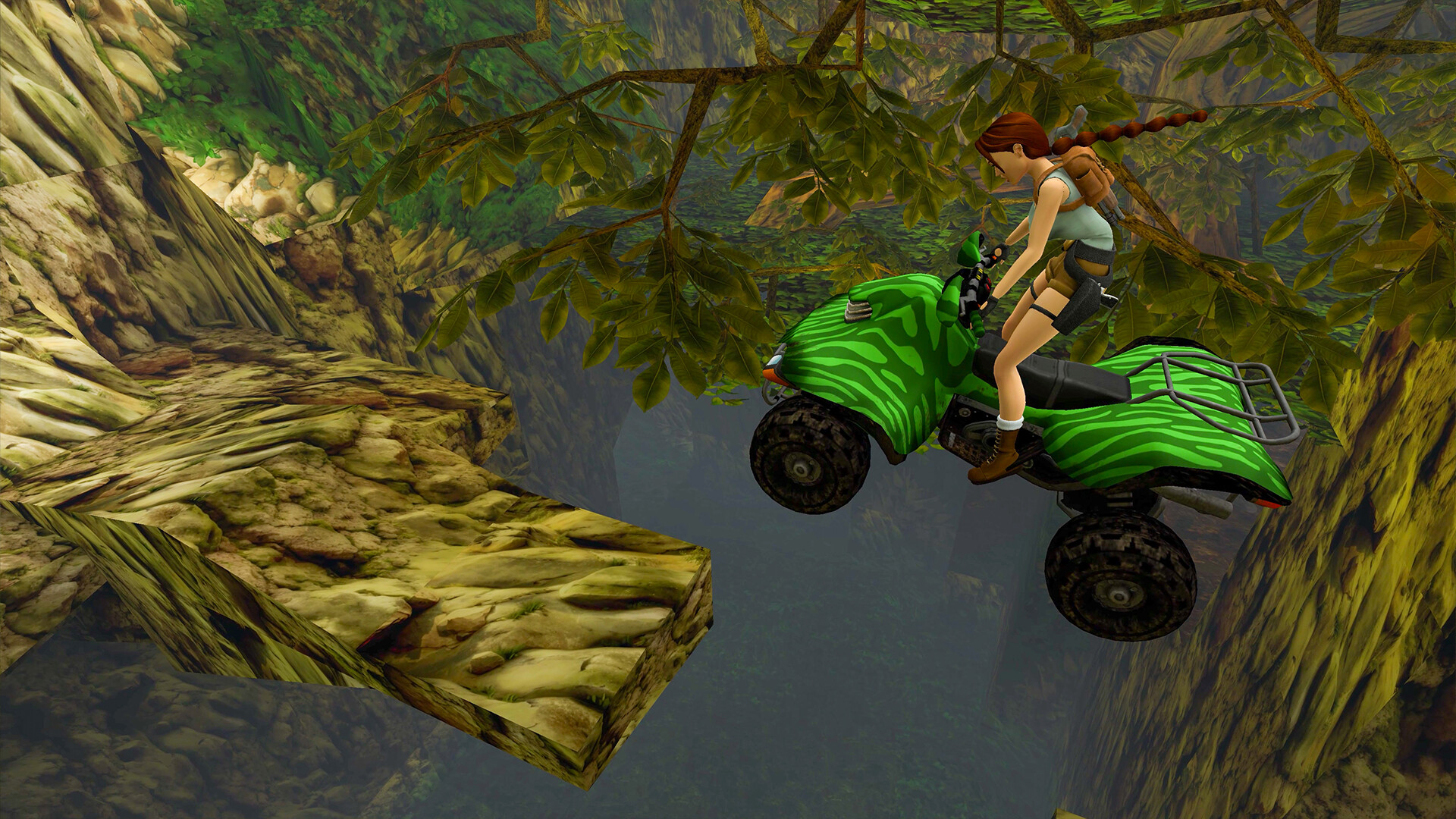
Tomb Raider I-III Remastered includes DLC stages that most console gamers missed out on. Each entry gets one: Unfinished Business for I, The Golden Mask for II, and III gets The Lost Artefact. These are substantial additions and are several stages long which can take hours to complete, which adds a substantial value to this package. When combined, they equate to the length of a longer-than-average Tomb Raider entry.
Most gamers who want to go back to old Tomb Raider games would be able to adapt to the gameplay but most of them probably won’t be able to get past the visuals. There is no getting past that these games have very crude 3D graphics, but they did serve the purpose of ensuring that every platform was readable. Saber and Aspyr took a very tasteful approach to the visuals and their efforts paid off mostly.
The level geometry and collision is 1:1 for the most part. The new textures and added effects retain the intent of the level design and gameplay. The visuals look very good for what the developers are going for and are very faithful thanks to some smart use of AI and lighting effects. The environments look blocky but there is never any confusion about what Lara can interact with. It ends up looking timeless.
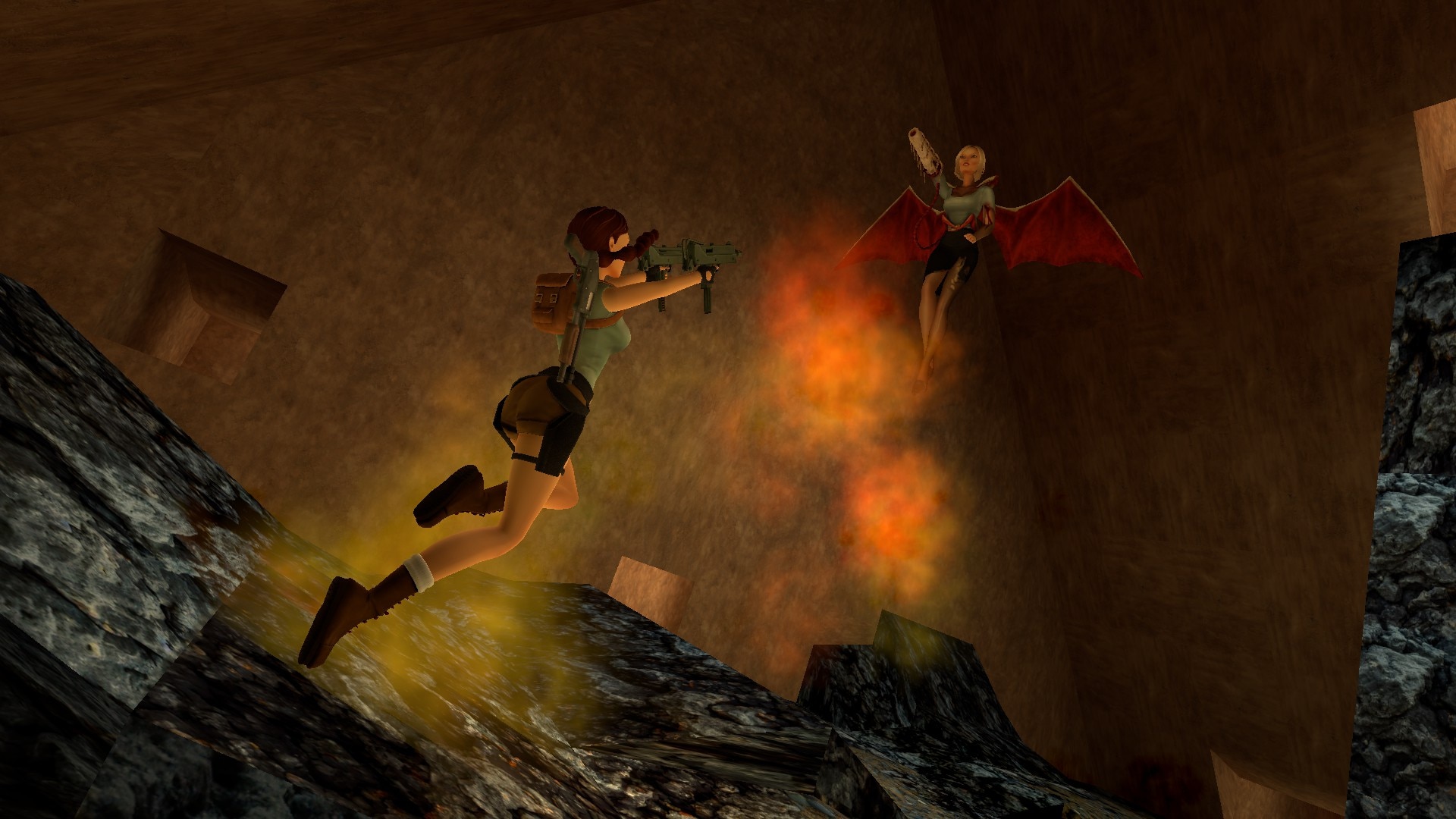
Assets that were originally 2D bitmaps like foliage or items are now 3D models. You can see raindrops animating on surfaces now. Most importantly, Lara’s new model looks great. She resembles her CG render if she was in Fortnite. The effect is appealing and all her curves and proportions have been faithfully retained.
In cutscenes, characters have facial animations. Lara has actual fingers now and you can count them individually when she opens her hands to grab ledges. Some of the animals end up looking goofy because they’re leaning more towards their designs in the original games so they stick out and don’t match the style used to realize Lara and the settings.
The best part of Tomb Raider I-III Remastered‘s visuals is that the new graphics and old graphics can be toggled on the fly with a push of a button. While the remastered graphics always run at 60fps, it is disappointing that there isn’t an option to run the old visuals at anything but 30fps. Regretfully, the 30fps is not stable and runs very choppy for some reason.
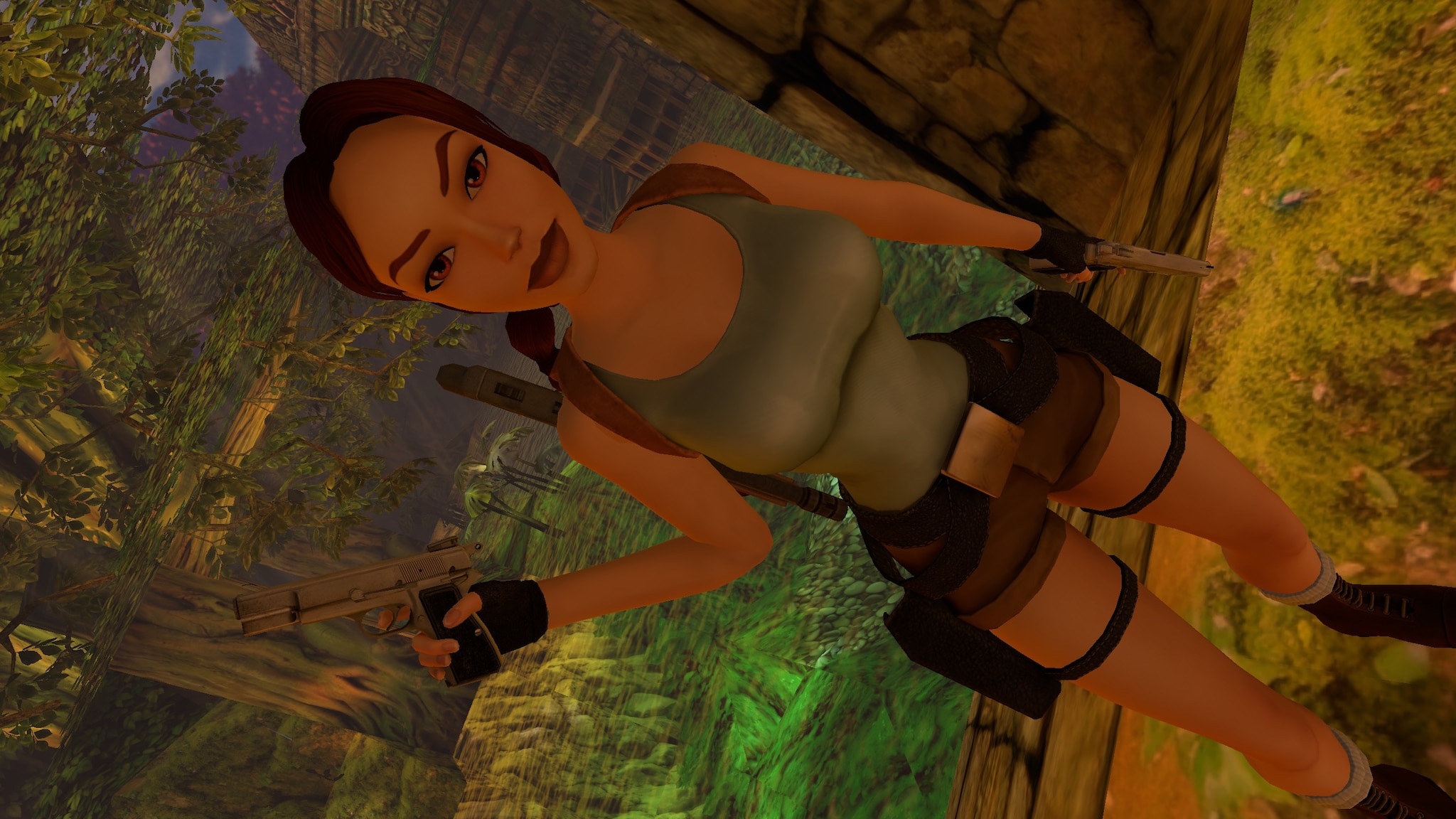
There are also several graphical bugs present in the remastered mode. Some odd textures show up where they aren’t supposed to. It is bizarre exploring an ancient temple, but also encounters a painting texture from Lara’s mansion plastered on the ceiling. Sometimes it appears in the water too and it’s always distracting.
The most distracting addition is the content warning before the games start. This warning seemingly throws Core Design and Saber Interactive under the bus for making a pulpy video game. It’s completely disrespectful to the people who made it and to those who enjoyed playing these games.
While there are some minor technical hiccups with this remaster, the overall package is massive and is well worth its modest asking price. These are some of the most challenging dungeons ever designed and the gameplay is very hardcore and requires a bit of patience. Even with the modern controls, Tomb Raider I-III Remastered won’t be for everyone since there is no handholding. Only the most bold can go on a date with Lara.
Tomb Raider I-III Remastered was reviewed on PlayStation 5 using a code provided by Aspyr. You can find additional information about Niche Gamer’s review/ethics policy here. Tomb Raider I-III Remastered is now available for PC (via Steam), Nintendo Switch, Xbox One, Xbox Series X|S, PlayStation 4, and PlayStation 5.
